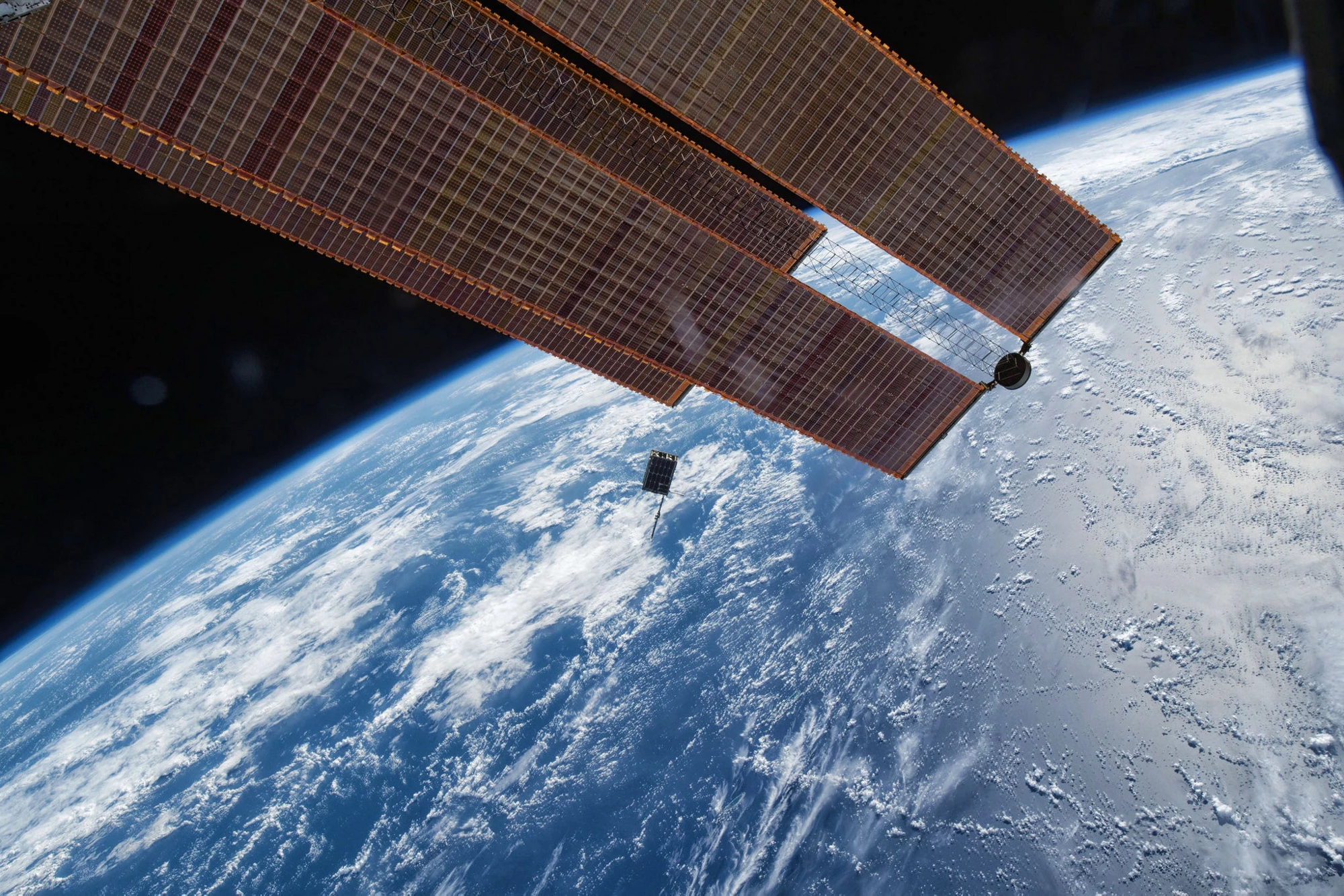 Earth from space. Photo: NASA
Earth from space. Photo: NASA
Global positioning systems (GPS), real time traffic maps, accurate weather forecasts, Uber, self-driving cars… Geospatial data is on full display 24/7 throughout the world these days. It’s like nothing we have seen before. But none of this would be possible without the underpinning role of the government.
“Geospatial,” or location-based data has existed for hundreds of years – for example, in street and topographical maps. What’s different is how quickly new information is being gathered and the more sophisticated analytics that is being applied to it, thanks to technological advances.
What was once information only found in the domain of government, military, and select private sector, even up to the 1980s and 90s, has come into broad use over the last 20 years. With the increase of mobile technology and communications, handheld smart phones have democratized mapping, moving geospatial technology into the hands of every individual.
This summer, some tens of millions of people in the U.S. traveled to see the total solar eclipse, including a co-author of this blog. Not only was the eclipse amazing – but the drive back from Tennessee to Washington, D.C. showed the integration and impact of geospatial information in our daily lives.
As millions left the area of the total eclipse, they were given route options to avoid the worst of the traffic – all possible because driver and passenger cell phones were all GPS-enabled, providing real-time information to Google Maps and Apple Maps about the direction of travel, speed, and density of cars.
[Read: Using Satellites to Monitor Progress toward the SDGs]
Location-based technologies are revolutionizing the economy. From navigating public transport to tracking supply chains and planning efficient delivery routes, the digital services built on GPS and current mapping data have quietly become part of daily life and commerce.
Huge amounts of value have been created by the new services – made possible using databases of geospatial information – maps and the information linked to them, such as house prices, occupancy, and socio economic data.
Take, for example, Jordan, where one of this blog’s co-authors got a chance to see the impact up close. In Amman, there are around 20,000 Uber and Careem (a kind of Middle East Uber) drivers, many of them previously unemployed young college graduates. These businesses rely on accurate, real-time geospatial information. This job opportunity has helped many to stay in Jordan and stay employed, productive, stable members of the community.
We are only seeing the tip of the iceberg. Many new applications will be developed over the coming years, built on geospatial technology that will change the way we work, the way we interact with each other, and the way we commute.
These bottom-up, commercial, and consumer-driven information platforms and applications are innovative and have had big impacts on society.
On the surface, it seems entrepreneurs, technologists, and savvy consumers are all that is needed to fuel the drive to a 21st century economy.
Yet, for all that to work, government has an important underpinning role – putting in place the policy, legal frameworks, institutional coordination; putting in place geospatial infrastructure, such as establishing the underlying Geodetic network (very accurate points placed on the earth’s surface); and collecting, mapping, integrating, and sharing data, both at the national and local levels.
The more we grow and embrace geospatial information, the more important this government role is to provide the underlying infrastructure, authoritative data, and rules to assure information is accurate, compatible, shared, and used effectively.
While most OECD countries have made great progress in this area, many of the lower- and middle-income countries still lag far behind. And, sadly, the geospatial digital divide is increasing by the day. Quick action is needed to keep lower- and middle-income countries from falling further behind.
To help bridge this digital divide and support countries in keeping up with – if not leapfrogging to – better technologies, the World Bank is working with the United Nations Committee of Experts on Global Geospatial Information Management (UN-GGIM) to develop a framework to guide countries in implementing the foundations for Geospatial Information Management at the country level.
The framework could be applied by any country to plan for the needed infrastructure, policies, legal framework, and institutional coordination mechanisms for collecting, sharing, and using geospatial data.
The framework will also define the role of government and private sector, and, importantly, data standards to ensure interoperability and consistency.
Over the next few months, regional consultations will take place around the world on the framework, as well as testing it on selected countries, with the aim of adoption of the framework by the UN-GGIM in their next meeting in August 2018.
In parallel, the World Bank is gearing up to support countries to implement the action plans on geospatial infrastructure, policies, laws, and the collection of fundamental data sets.
With the development of the framework and country-specific action plans, we hope to reverse the geospatial digital divide. It will take many years and great efforts to achieve this, but the pace of information and technology give hope of closing the gap faster than ever before.
Together with the support of the governments, let’s move forward one step – or one leap – at a time!
Related links:
- One Map: accelerating unified land administration for Indonesia
- Watching Tanzania leapfrog the digital divide
- Overview: Information and Communication Technologies
- Subscribe to our Sustainable Communities newsletter and Flipboard magazine
- Follow @WBG_Cities on Twitter




Join the Conversation